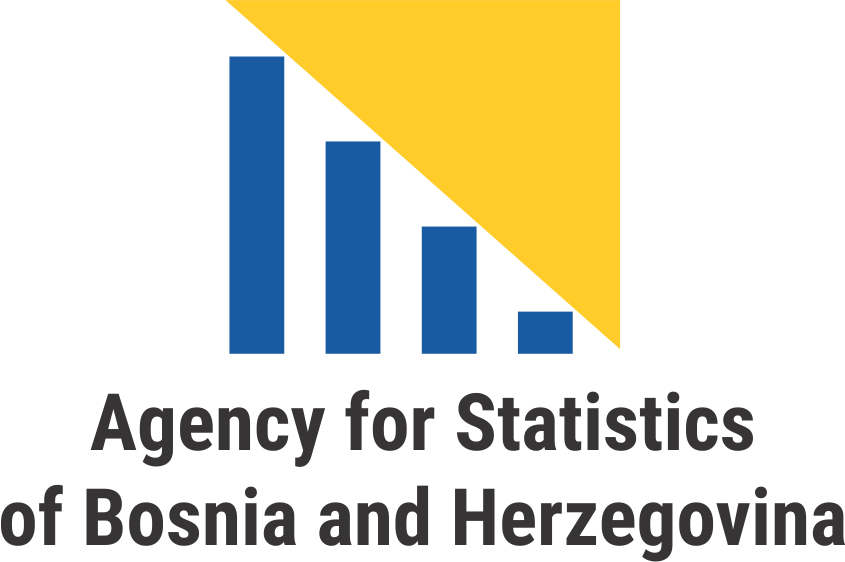| Indicator available | |
|---|---|
| Indicator description |
In the 2013 Census, the concept of „usual residents“ was applied for the first time in order to determine the total number of population. Under this concept, a person shall be considered as a resident of the place at which s/he alone (in the case of a one-person household) or with members of her/his household spends most of time, that is, daily rest, irrespective of where the person’s place of residence is registered. Therefore, the total population of a certain place includes persons who lived in that place for a continuous period of at least one year prior to the Census Critical Moment, and persons who at that particular moment lived there less than 12 months but intend to stay at that place for at least one year. |
| Geographical coverage | |
| Unit of measurement |
Number |
| Definitions | |
| Calculations | |
| Other information | |
| Quality assurance | |
| Comparability with international data/standards | |
| Comments and limitations | |
| metadata_fields.rationale_interpretation | |
| Data last updated | 2025-12-15: see changes on GitHub opens in a new window |
| Metadata last updated | 2025-12-15: see changes on GitHub opens in a new window |

